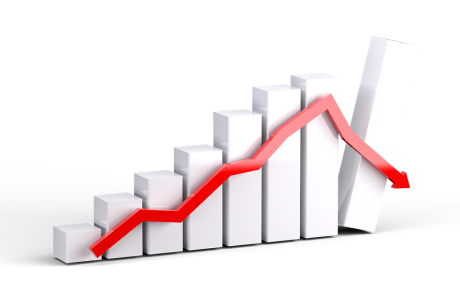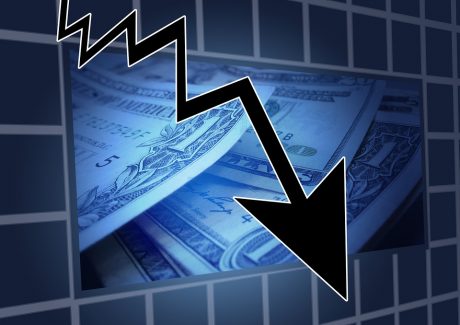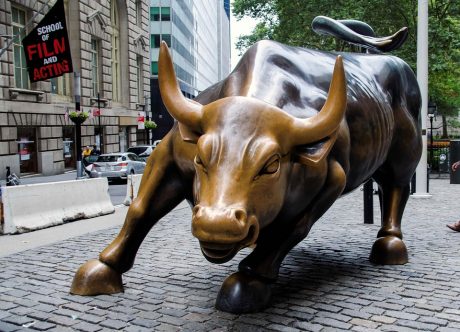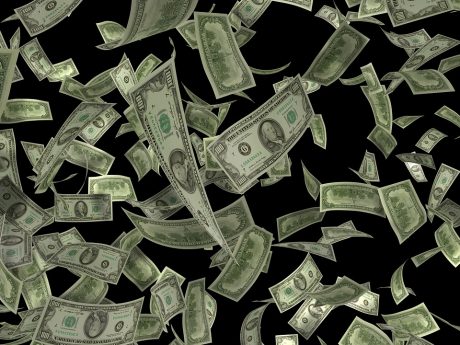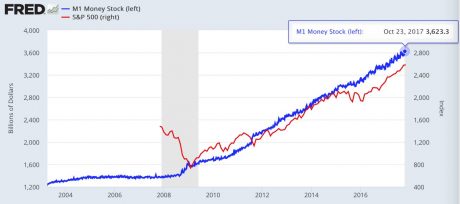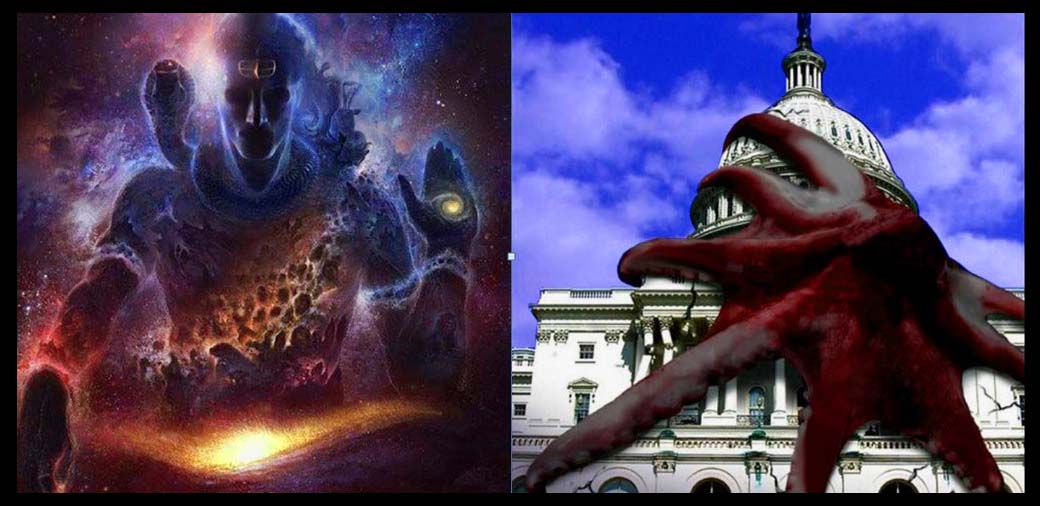The economy has been showing great gains, and that positive trend is fueling fears of a surge in inflation. The Consumer Price Index, the key predictor of inflationary trends, rose .05 percent in January, which greatly exceeded the anticipated rise of 0.2 percent. The market reacted as expected as stocks fell, and government bond yield rose.
The Fed is keeping a close eye on these developments, and that could fuel the inflation fears. The fear of rising prices includes most economic sectors, from gasoline, housing, food, healthcare, to clothing.
Predictably, the market reacted immediately to the CPI rise with a 100-point loss after opening, even though the decline was quickly reversed. Investors are anticipating that the Federal Reserve could raise their interest rates three or more times by year-end.
As the economy continues to grow, unemployment has fallen to a record low and the sale of tangible goods is up. Economists are anticipating the economic upswing to continue as the GDP is expected to grow by 3 percent, faster than anticipated. Since 2009, the GDP has only risen by an annual average of 2.2 percent. As a result, prices for consumer goods have risen predictably and steadily. The Federal Reserve is setting policy with a 2 percent inflation in mind. A higher-than-anticipated inflation rate could raise interest rates, making it more difficult for companies to borrow needed funds. Following the passage of a $300 billion spending package, market-watchers are now convinced of a 62 percent chance that the Feds will raise interest rates three times by December. Rate hikes in March and June are almost a certainty, with the third hike a high possibility. A fourth hike is not out of the question and becoming more likely. This is seen by many as the real problem.
…click on the above link to read the rest of the article…






